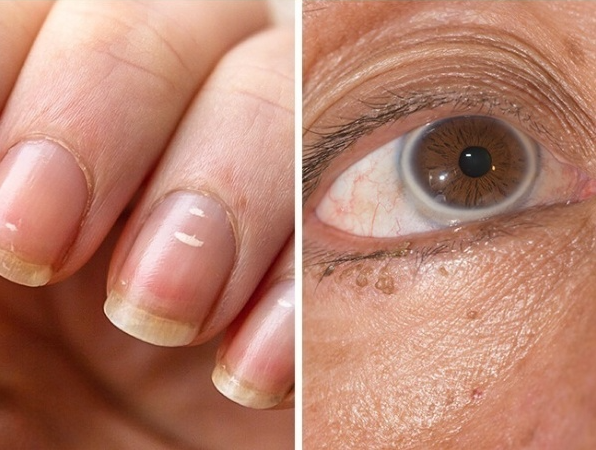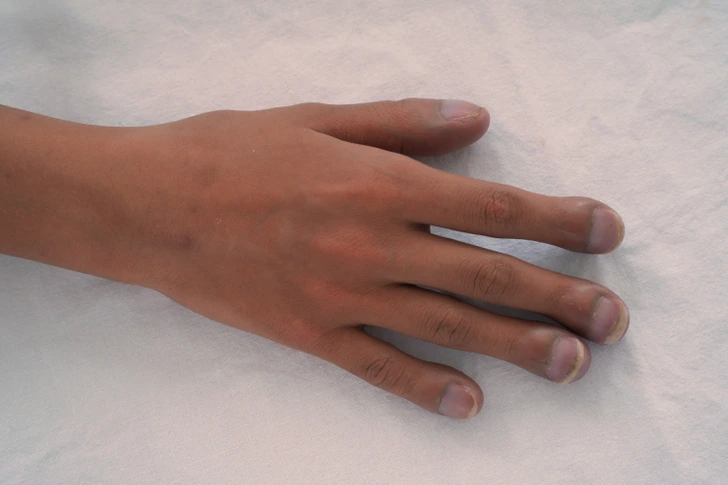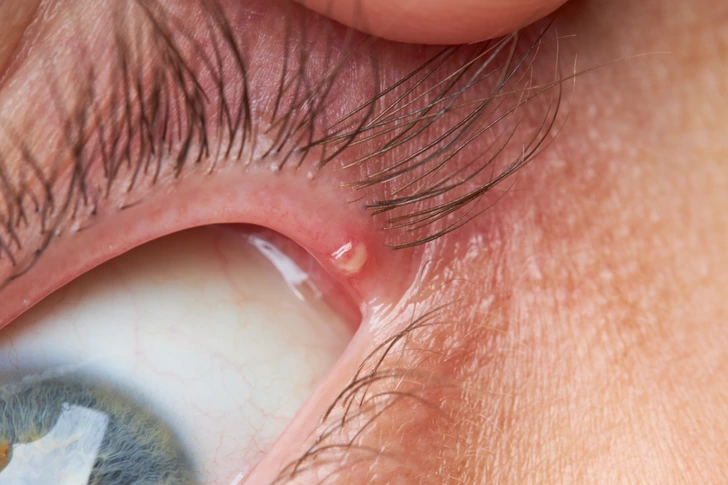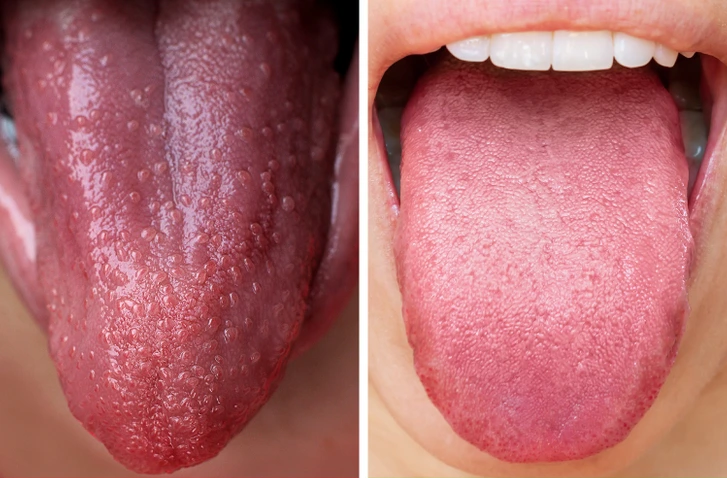8 Warning Signs Your Body May Be Giving You That You Shouldn’t Ignore
Your body has a language of its own, and it communicates constantly through various signals. Often, these signs are subtle hints that something may be off. While you might dismiss a minor change as unimportant, it could be your body’s way of telling you to pay attention. In this article, we’ll explore eight critical warning signs your body may be giving you and why you shouldn’t overlook them.
Why It’s Important to Listen to Your Body’s Signals

Your body is like a well-oiled machine, designed to maintain balance and keep you healthy. However, when something isn’t right, it tries to alert you through different physical symptoms. These warning signs could be early indicators of underlying health issues, nutrient deficiencies, or potential medical conditions. Ignoring them can lead to complications, making it crucial to recognize and act promptly.
1. Yellowish Skin and Eyes: A Sign of Liver Problems
If your skin or the whites of your eyes start turning yellow, it’s a red flag for liver issues, such as jaundice. Jaundice occurs when there’s a buildup of bilirubin, a yellow pigment in bile that the liver normally processes and removes from the body.
- Possible Causes: Liver disease, hepatitis, or gallstones.
- What to Do: Seek medical attention immediately. Blood tests can diagnose the root cause of jaundice and help determine the best treatment approach.
2. White Spots on Nails: Nutrient Deficiency or More?
White spots on your nails might seem harmless, often caused by minor injuries or nail-biting. However, persistent white spots without an obvious cause can be a sign of nutrient deficiencies, specifically zinc, calcium, or protein.
Possible Causes: Lack of zinc, calcium, or protein in the diet.
- What to Do: Adjust your diet to include more nutrient-rich foods like lean meats, dairy products, nuts, and seeds. If spots persist, consult a healthcare professional to rule out underlying health issues.
3. Cracks in the Corners of Your Mouth: Dehydration or Irritation?
Cracks or sores at the corners of your lips can be painful and frustrating. They can result from dehydration, overexposure to sunlight, or reactions to irritants like toothpaste or lipstick. In some cases, they could also indicate a deficiency in vitamins, such as B2 (riboflavin).
- Possible Causes: Dehydration, vitamin B2 deficiency, or contact dermatitis.
- What to Do: Increase your water intake, apply lip balm with sun protection, and consume foods rich in vitamin B2 like eggs, dairy, and green leafy vegetables. If the problem persists, consider consulting a dermatologist.
4. Curved Nails: A Warning Sign of Lung Issues

Curved or “clubbing” nails, which appear enlarged and rounded at the fingertips, are often linked to chronic lung issues or other severe health conditions, including gastrointestinal disorders.
- Possible Causes: Chronic lung diseases, heart disease, or inflammatory bowel disease (IBD).
- What to Do: Schedule a check-up with your doctor. An early diagnosis can help manage potential conditions before they worsen.
5. Mouth Ulcers: Stress, Hormones, or Nutrient Deficiency?
Mouth ulcers, also known as canker sores, are small painful sores that can appear on the inside of the mouth. They are often triggered by stress, hormonal changes, or a deficiency in vitamin B12.
- Possible Causes: Stress, vitamin B12 deficiency, or genetic predisposition.
- What to Do: Include more B12-rich foods like fish, meat, and dairy in your diet. If ulcers persist, consult a healthcare provider to rule out other potential causes.
6. Bumps on the Eyelids: Styes or Something More?

If you notice painful bumps on your eyelids, you may be experiencing styes. These red, swollen lumps often form near the eyelashes and can make blinking uncomfortable.
- Possible Causes: Styes are often caused by bacteria, diabetes, or improper hygiene related to contact lenses or makeup brushes.
- What to Do: Apply a warm compress to relieve the discomfort and ensure proper hygiene practices with eye care products. If the bump doesn’t improve, consult an eye specialist for further evaluation.
7. Ring Around the Cornea: High Cholesterol Alert
A bluish, gray, or white ring around the cornea, known as arcus senilis, can be an early sign of high cholesterol levels. While this condition is common in older adults, it could be a warning sign of high cholesterol if it appears in younger individuals.
- Possible Causes: High cholesterol levels or lipid disorders.
- What to Do: Schedule a cholesterol test to confirm if you have elevated levels. If so, adopt a heart-healthy diet, increase physical activity, and follow any prescribed treatment from your doctor.
8. Shiny Red Tongue: An Indicator of Vitamin Deficiency

A shiny, red tongue can be a sign of vitamin deficiency, especially B vitamins like B12 or iron. It may also be associated with certain infections or conditions, such as scarlet fever or oral herpes.
- Possible Causes: Vitamin deficiency, scarlet fever, or oral infections.
- What to Do: Increase your intake of foods rich in B vitamins and iron, like spinach, lentils, and fortified cereals. Consult a healthcare provider if the condition persists or worsens.
Conclusion: Your Body’s Signals Are Important
Your body’s signals are more than just random changes – they’re messages that should not be ignored. From yellowish skin to white spots on nails, these signs may indicate health problems that require attention. By listening to your body, making dietary adjustments, and seeking medical advice when necessary, you can maintain better overall health and well-being. Remember, your body often knows what’s best, so pay attention to the signs and take timely action.


